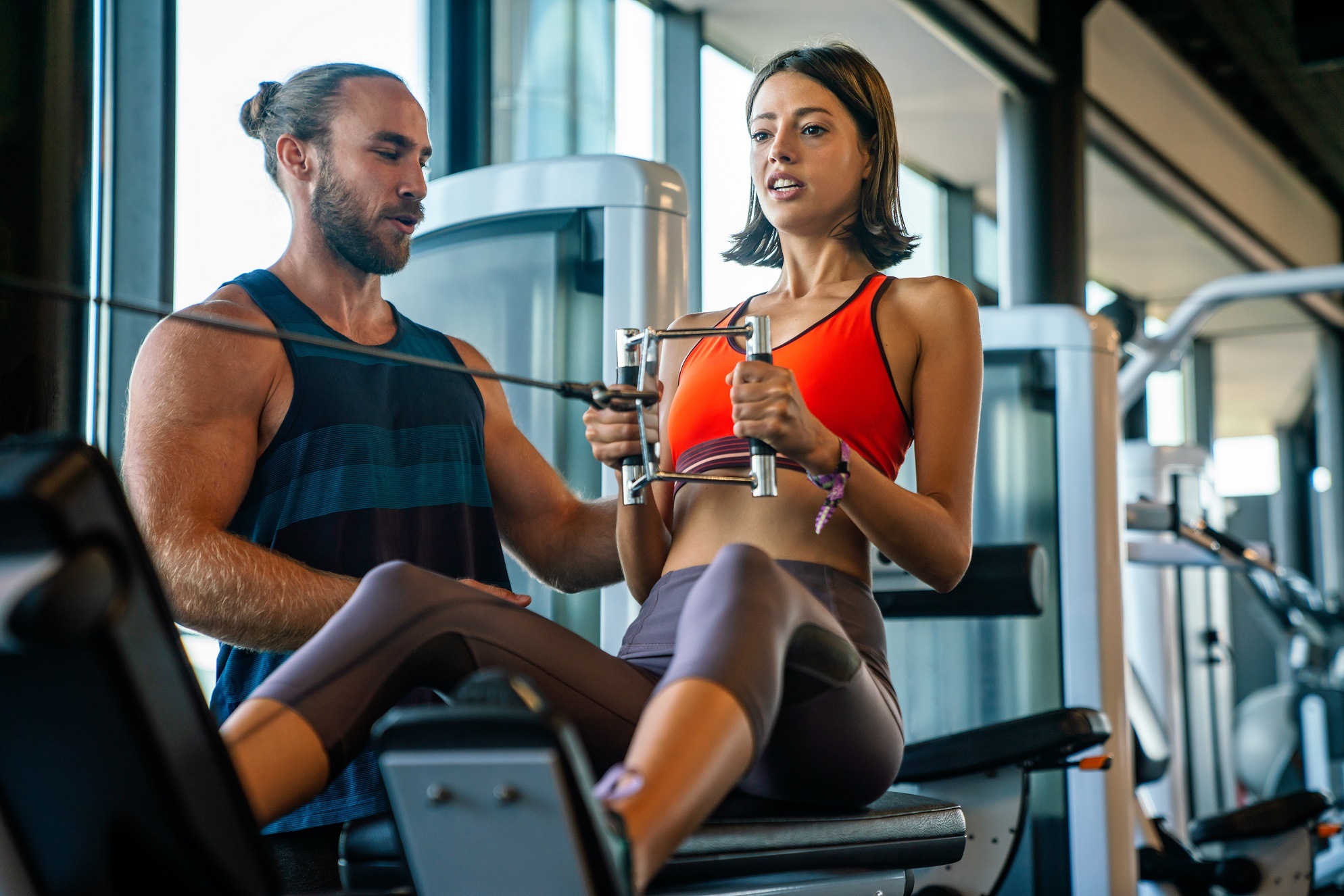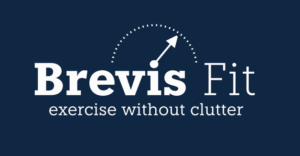Introduction
When we are talking about Exercise, we focus most of the time on the intensity, fatigue, and amount of Exercise we should do for the best results. But inside all of this exciting conversation, we should never forget about the crucial role of Exercise Safety.
Exercise safety describes the single property, that distinguishes Exercise from other physical activities. While the intensity is comparable to some other resistance-based activities (such as crossfit, powerlifting, etc.), the high level of safety makes Exercise applicable to any population, no matter the age, gender, skills, and motor coordination.
The Big Three Of Exercise Safety
As mentioned in the introductory paragraph, safety makes Exercise stand out in the large set of resistance-based activities. Because the aim and purpose of Exercise are to provide long-term and sustainable progress for decades[1], the Exercise protocol needs to prevent or at least minimize the probability of injuries. For that reason, Exercise needs to follow specific guidelines and rules derived from human anatomy, muscle physiology, and muscle biomechanics.
To make a physical activity a valid form of Exercise, it has to follow the following three pillars:
- Simple movement patterns,
- Limited range of motion and
- Slow speed of movement
Simple Movement Patterns
The first property that defines Exercise safety is the complexity of the movement pattern used. A categorization of movement pattern complexity is based on the number of joints being involved:
- Simple movement or single-joint exercise involves movement around one joint, and
- Complex movement or multi-joint exercise involves movement around multiple joints.
If we are diligent with the above definition, it is very hard to find such a movement pattern where movement is involved only around one single joint. Therefore it is better to say that the exercise complexity is an interval value of the number of joints being active throughout its Execution.
Because muscles are attached to joints (one or multiple), we know which muscles are involved in a particular movement pattern as well. From those two points we can now derive two important aspects in a movement pattern:
- The number of active joints which we need to be mindful of to safely perform the movement pattern.
- The dynamic of muscle tension shifting from one muscle to another (if multiple muscles are involved).
The first point denotes the safety of our movement pattern. The more there are variables, the higher the likelihood of an error. And in exercise, errors lead to injuries. A simple exercise has fewer joints involved, which by that definition makes it less error-prone to perform. So the simpler the movement pattern, the lower the likelihood of us making a mistake.
The second point on the other hand talks about the intensity. If more muscles are involved, chances are that the tension will not be concentrated on one muscle only. More often than not, tension will shift from one muscle to another. This means that the buildup of fatigue in one particular area would be delayed because of the tension shifting from one area to another. If we are striving for maximum productivity and fatigue, then this is not desired since focus, constant tension, and deep fatigue are required to efficiently stimulate an adaptive response.
Now the last statement doesn’t necessarily imply that Exercise only involves single-joint movements. There are various movement patterns where multiple muscles involved are under high levels of tension – synergistic activity. That makes them intense but also productive since we fatigue multiple muscles at the same time. Still in general. The simpler the movement pattern, the lower the likelihood for injuries and the higher the potential to promote positive adaptations in that particular muscle.
Below you can see three examples of movement patterns. The first exercise (burpies) lacks focus on a particular muscle and the execution involves multiple stages to perform correctly. The second exericise (chest press) demonstrates a multi-joint movement that involves synergistic muscles (chest, shoulders, and triceps). The third exercise (concentration curl) shows a single-joint movement, where the biceps are the primarily involved muscles. The second and the third movements are good options for Exercise. The first one is not.
Limited Range of Motion
Once we have selected a relatively simple movement pattern to perform, we need to eliminate particular parts of that same movement. What we want to avoid are positions where:
- Our muscles are weak, based on the force tension curve of the muscle [2], [3],
- Our muscles are placed in an insufficient state (active or passive) [4],
- Our joints are placed into a compromised position.
While there might be differentiation and specifics, the most straightforward way of eliminating these danger zones is to avoid extreme positions of stretching and extreme positions of contractions. The simple guide in this regard is to always have your moving limbs in your peripheral vision.
The rule above is especially applicable for single-joint movements since they can provide a full range of motion around the moving joint. In multi-joint movements, this is not such a problem, because the involvement of multiple joints adds a level of restriction as to how much of the total range of motion we can perform in each of the involved joints. In that regard, movement patterns involving the (synergistic) activity of multiple muscles (and correspondingly multiple joints) are preferred over single-joint movements.
Cutting through the fluff, the most basic set of movement patterns one should get familiar with initially are depicted below. These simple multi-joint movements belong to the set of most productive movement patterns as they provide great efficiency when it comes to involving synergistic muscle groups as well as a great deal of safety based on the nature of the movement alone.
Slow speed of movement
With the steps described above, we have identified the specific movement that would efficiently and safely fatigue the targeted musculature. And so what is left to remain is to define how to perform this movement. Should the movement be fast or slow? Should we be shaking with our body, holding our breath, and grunting when performing our last repetitions or Should we be calm and stoic and simply try to place all of our focus on establishing a deep level of muscular fatigue. By now we can all agree that the latter approach is the correct one.
So the most powerful determinant that the movement will be performed safely while simultaneously provide great stimulation is to slow it down. Especially at the start of your repetition, one should try to move as slow as possible (almost as trying to not get noticed by others, that you are lifting the resistance).
By doing so, you avoid using any outside source (especially momentum), which would drastically increase the chances of injury. Namely, when we fatigue our muscles, their ability to produce force diminishes. Therefore the more fatigued we are, the lower the force we deal with.
However, if the force is externally increased, through a specific body motion or somebody else helping us, then we could place the fatigued muscles into stress it is not able to cope with in the fatigued state, or in the beginning, when we are fresh and we add external force, we could compromise our joints and connective tissue with to much overload and stress. Sometimes, a high external force simply makes us lose control over the movement pattern and we miss the lift, fall, or loos the grip over the resistance tool.
However, while avoiding high external forces, our muscles actually contract with higher force when the movement is slower [5]–[7]. In that regard, moving slowly doesn’t only reduce the injuries but also provides a better stimulus for positive adaptations.

Conclusions
In this blog post, we have defined the three big pillars of Exercise safety: Simple movements, limited range of motion, and a slow speed of movement. With these three procedures, Exercise (compared to other physical activities) makes sure the intensity level is high and placed correctly onto the targeted muscles. On the other hand, while being very intense, exercise is also very safe, by avoiding complex movement patterns and compromised joint positions while controlling the execution by slowing down the speed of movement.

